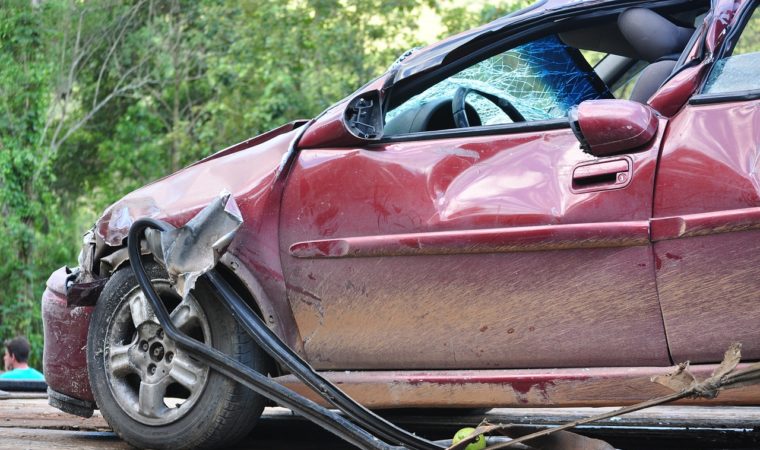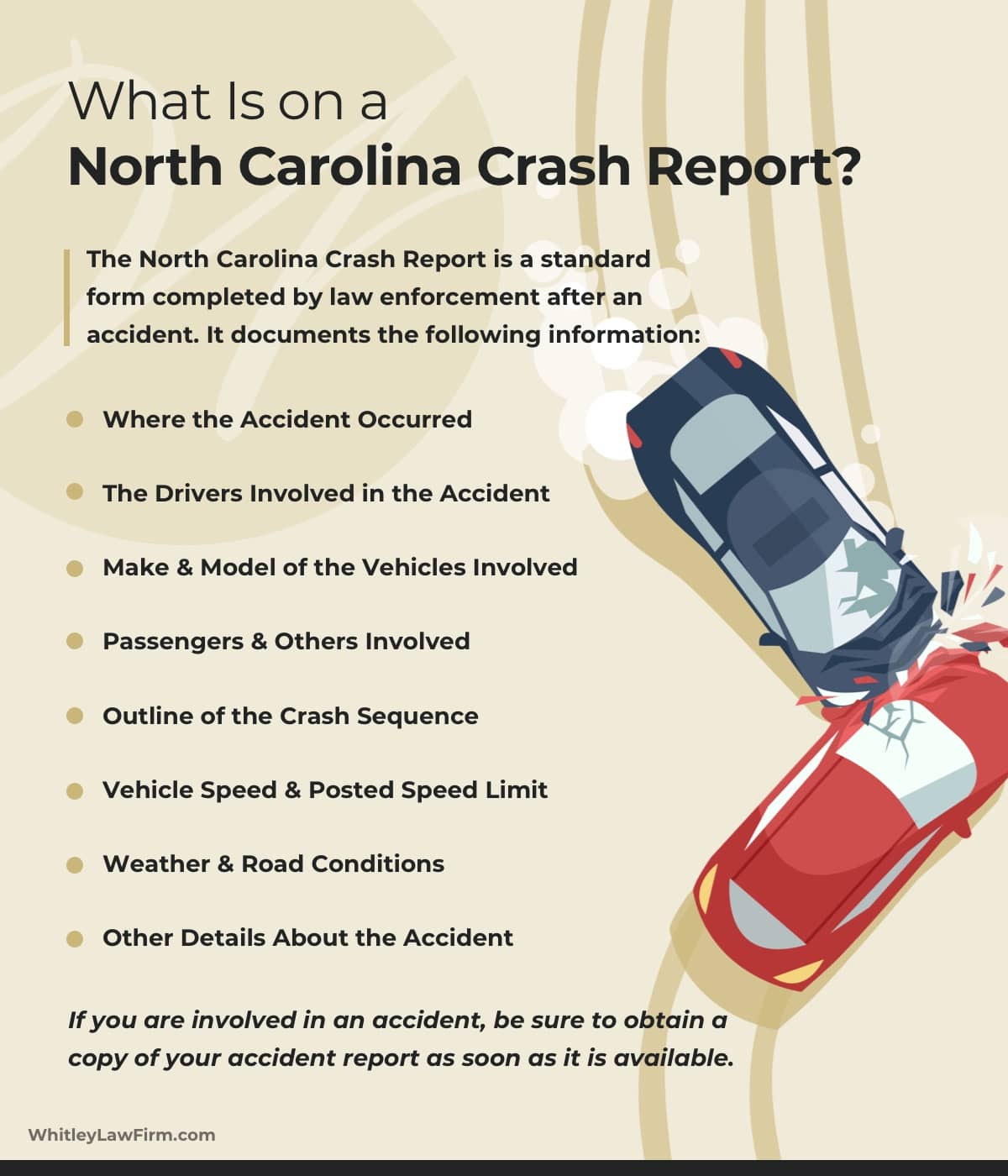
In 2016, there were 267,494 reported motor-vehicle involved accidents. That is an average of 732 accidents per day. However, there are more accidents than this every year. This is because not every accident is considered “reportable”. Under North Carolina law, an individual only must report an accident to law enforcement if:
- A person is injured or killed
- There is property damage of at least $1,000
- There is property damage of any amount to a vehicle that is seized in relation to a DWI offense
- A driver hits a parked or unattended vehicle on the street or highway
If an accident does not result in one of the above situations, the driver or drivers may not have to report the accident to law enforcement.
If, however, the accident does result in one of the above situations and law enforcement is contacted, an officer at the scene is required to prepare a North Carolina Crash Report within 24 hours of the accident. The Crash Report is a standard form that provides the following information in the order listed:
- The first section indicates where the accident occurred
- The second segment outlines the drivers involved in the accident
- The third part provides information on the owner of the vehicle involved (if different from the driver) as well as the make and model of the vehicle
- The fourth section lists the names of all passengers or other individuals involved
- The fifth part is an outline of the crash sequence as the officer understands it, including points of impact
- The sixth segment is information on the vehicle speed and the posted speed limit
- The seventh is about the weather and road conditions at the time of the accident
- The eighth and ninth include information on whether the accident occurred in a work zone, whether a trailer was involved, and if there was a commercial vehicle involved, whether hazardous materials were present
Below this information is a space for the officer to illustrate the accident using illustrations, which should compile all the accident-related information included above into a picture for the parties to review.
The document will also indicate who the officer believes to be at-fault in the accident. This is not a binding determination, as the courts and insurance companies may be ultimately responsible for such a decision, but it does provide preliminary impressions to the parties involved.
If you are involved in an accident, be sure to obtain a copy of your accident report as soon as it is available. Once you have it, review it to be sure that it correctly reflects your memory of the accident.
Your memory of the accident will be clearest in the time immediately after the accident, so writing down your impressions shortly thereafter may provide crucial additional details that could be lost to time. Compare those notes to the information in the report to see whether the officer’s findings reflect your memory. If there are discrepancies, be sure to point those out to your car accident attorney.



